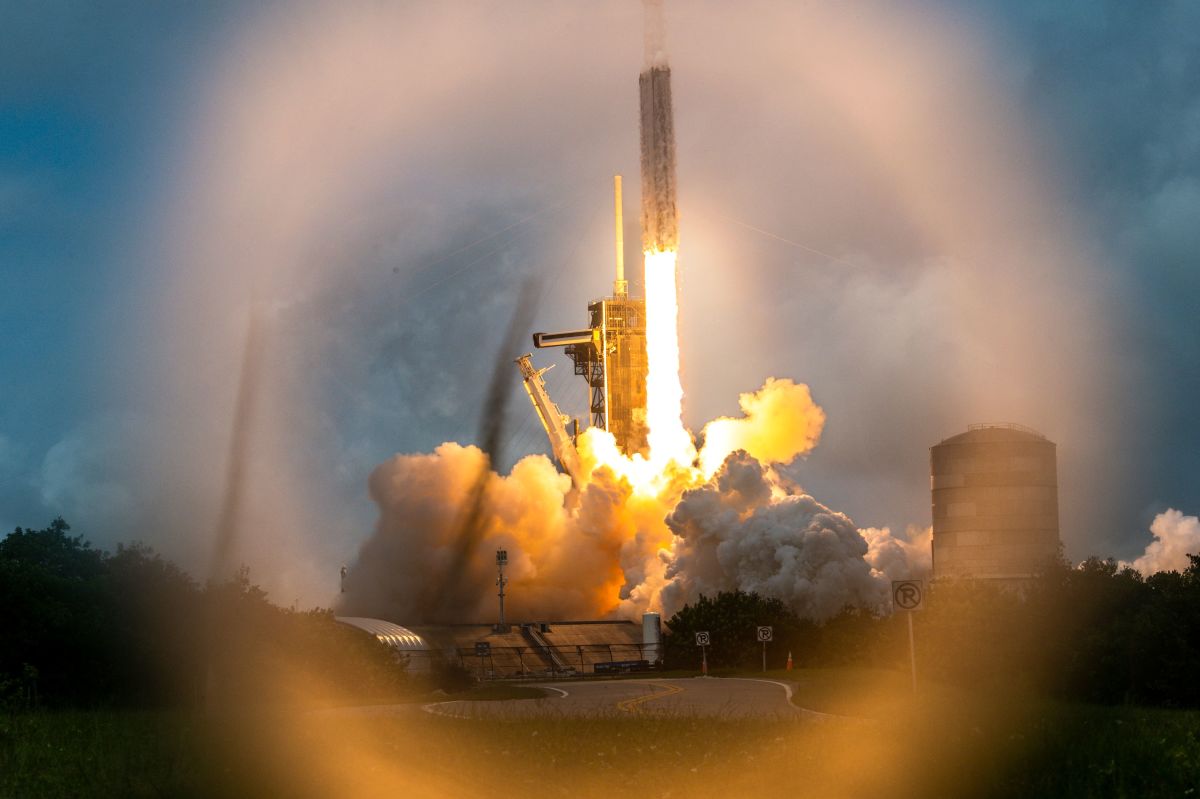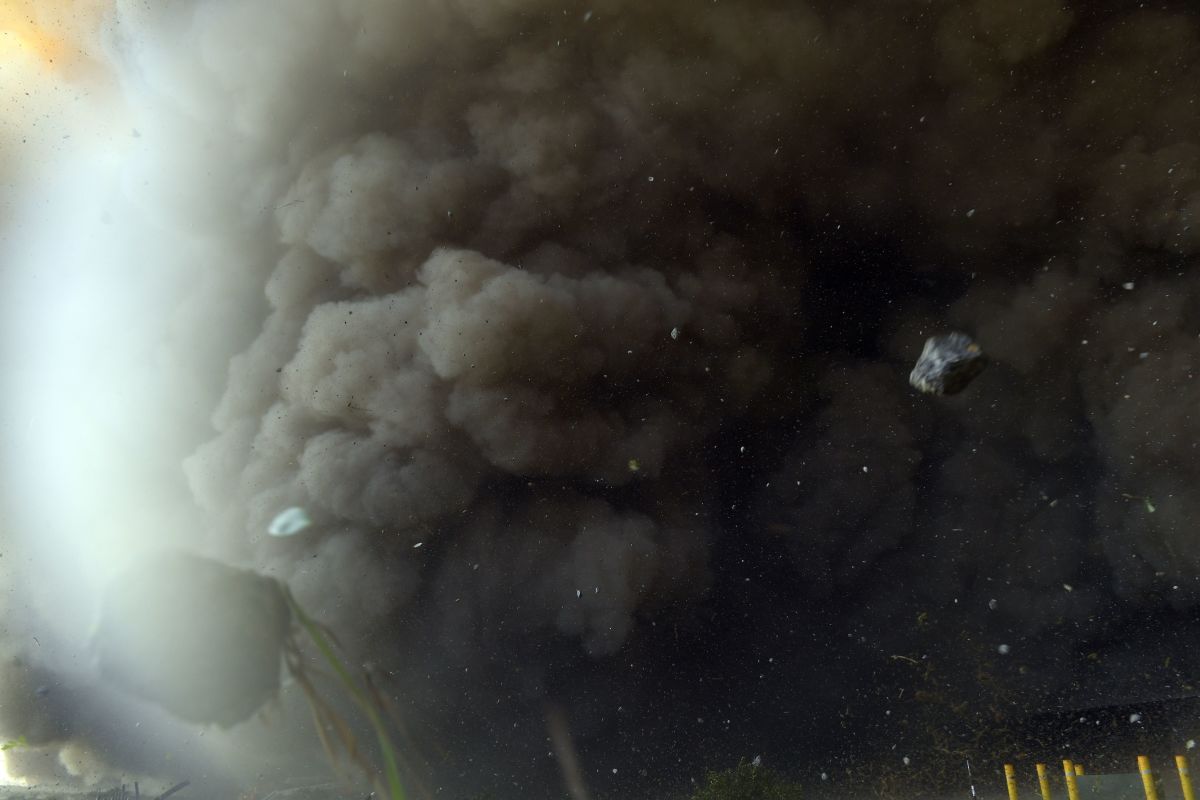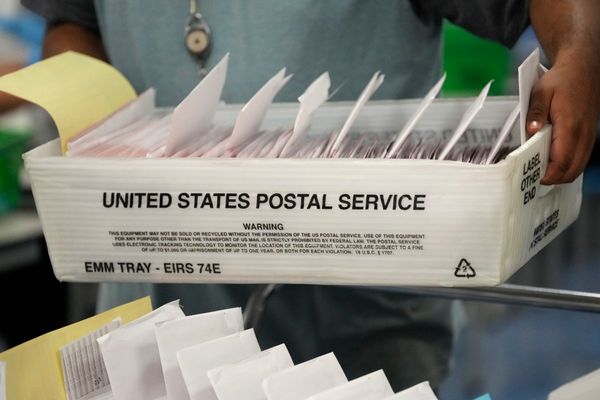
Roughly six months ago, SpaceX sent its Starship rocket on a maiden voyage that ended in a fiery self-destruction minutes after it left the launchpad. In the time since, CEO Elon Musk has been anxious to send Starship on its second flight test.
But regulators haven't been keen to rush the process. The Federal Aviation Administration (FAA) only recently wrapped up its months-long Starship safety review, bringing Musk a step closer to launch. But the company doesn't have a license to fly yet; SpaceX is still waiting on the U.S. Fish and Wildlife Service to complete an environmental review into the launch.
Starship won't be able to fly until after the review is complete.
Related: Elon Musk's SpaceX is making bold moves despite one red flag
But SpaceX thinks the review is approaching completion. The space exploration company said Nov. 10 that the second flight test of Starship could occur as early as Nov. 17, pending regulatory approval.
Musk said Nov. 13 that this approval should happen in time for SpaceX to meet this deadline.
"Was just informed that approval to launch should happen in time for a Friday launch," Musk wrote in a post on X.
A live webcast of the launch will begin a half hour before liftoff.
"Starship’s first flight test provided numerous lessons learned that directly contributed to several upgrades to both the vehicle and ground infrastructure to improve the probability of success on future flights," the company wrote in a statement.

The ship, according to Musk, is designed to carry both crew and cargo to Mars and beyond, an objective he thinks is vital to the survival of the human race.
This "rapid iterative development approach," SpaceX wrote, has been an "essential" component of the company's work to build reusable, space-faring transportation systems.
This comes in the wake of a report by Reuters which found that Musk's move-fast-and-break-things approach with SpaceX has resulted in at least 600 worker injuries since 2014. Many of these injuries, Reuters said, were serious or disabling.
Current and former employees told the news organization that the list of injuries reflects a "chaotic workplace" where staff regularly skip safety protocols to meet Musk's "aggressive deadlines."
Reuters acquired the company's injury logs through a public records request to the Occupational Safety and Health Administration (OSHA).
Related: One of Tesla Chief Musk's other ventures eyes $15B revenue for 2024
“Elon’s concept that SpaceX is on this mission to go to Mars as fast as possible and save humanity permeates every part of the company,” Tom Moline, a former SpaceX senior avionics engineer told Reuters. “The company justifies casting aside anything that could stand in the way of accomplishing that goal, including worker safety.”
Moline, among others, was fired after raising complaints about the company's unsafe workplace.
Musk's effort to get to Mars, likewise, has already resulted in an increase in the pollution of the upper layers of the Earth's atmosphere. A further expansion of global rocket launches could further this pollution, worsening the effects of climate change.
Starship preparing to launch as early as November 17, pending final regulatory approval → https://t.co/bJFjLCiTbK pic.twitter.com/qRKv9ugWsR
— SpaceX (@SpaceX) November 11, 2023
SpaceX did not return TheStreet's request for comment.
The company is set to bring in $9 billion in revenue for 2023, a number that could spike to $15 billion in 2024. Much of this revenue projection relies on a large expansion of Starlink, SpaceX's satellite internet service.
The company's Nov. 17 launch date remains tentative until the safety review is officially completed.
Related: Elon Musk has even bigger plans for SpaceX next year
Get investment guidance from trusted portfolio managers without the management fees. Sign up for Action Alerts PLUS now.







